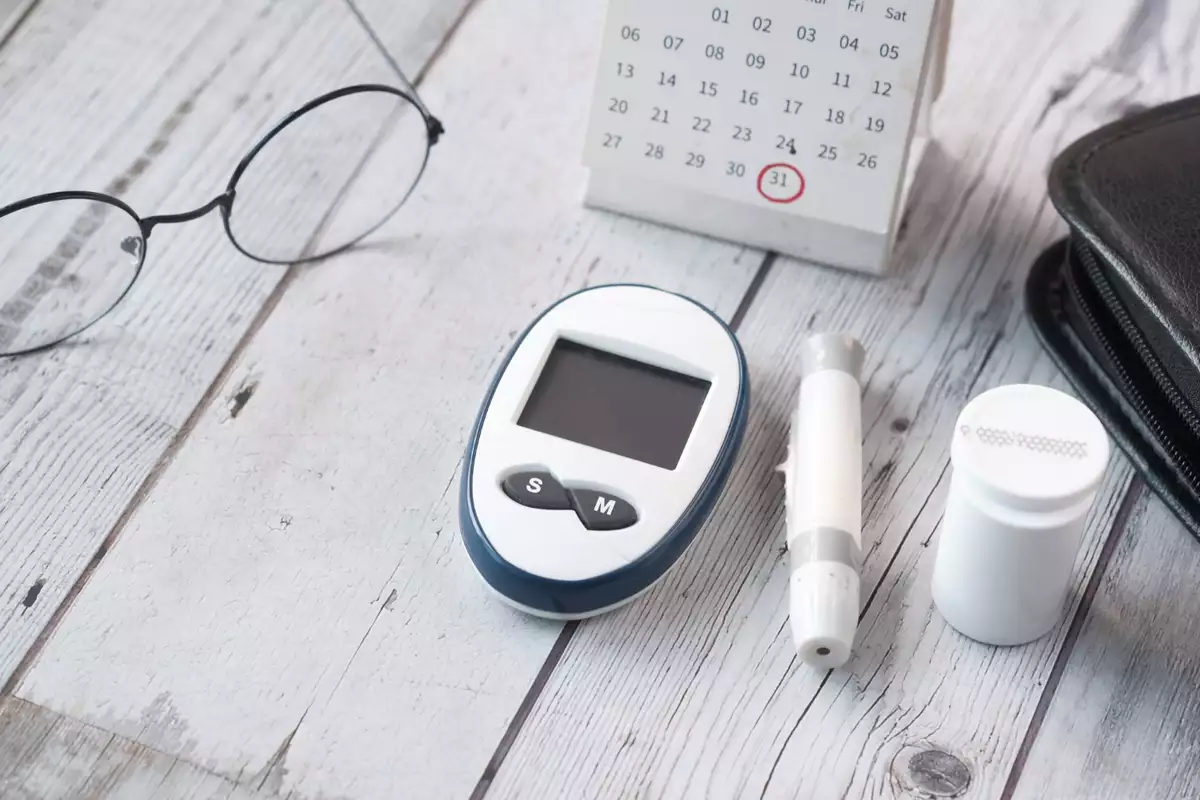A study from the University of Bath reveals that continuous glucose monitors (CGMs) may significantly overestimate blood glucose levels compared to traditional fingerstick tests, raising concerns about their reliability for healthy individuals.

CGMs were initially developed for diabetes management but are now widely used to track glucose responses to various foods. Researchers from the University’s Centre for Nutrition, Exercise and Metabolism found significant discrepancies in CGM performance. Their study, published in the American Journal of Clinical Nutrition, highlights the risk of unnecessary dietary restrictions due to inaccurate glucose readings.
The study compared the Abbott Freestyle Libre 2 CGM with the gold-standard fingerstick test. Researchers analyzed the glycemic response of healthy volunteers consuming different fruit products, from whole fruit to smoothies. The CGM consistently reported higher glucose levels than the traditional method.
For example, when participants consumed smoothies, the CGM overestimated the glycemic index (GI) by 30%. Traditional testing classified the smoothie as low GI (53), while the CGM measured it as medium GI (69). Even whole fruits were incorrectly labeled as medium or high GI, despite fingerstick tests confirming their low GI status.
These findings debunk the myth that blending fruit into smoothies raises their GI. Apples, bananas, mangoes, and oranges retained a low glycemic index regardless of their form. Researchers concluded that CGMs are unreliable for determining the glycemic impact of foods.
“CGM is a fantastic tool for people with diabetes because even if the measurement is not perfectly accurate, it is still better than not having it at all,” explains Professor Javier González from the University of Bath. However, he warns that healthy individuals relying on CGMs may impose unnecessary dietary restrictions.
The inaccuracy of CGMs stems from the fact that they measure glucose in the interstitial fluid rather than directly in the blood. “This can lead to discrepancies due to factors such as time lags, blood flow, and how glucose moves between certain parts of the body,” González adds.
Helen Whitby, a nutritionist at Innocent Drinks, supports the findings: “Smoothies and whole fruit are packed with natural nutrients and provide sustained energy without spikes in blood glucose levels.” The study reinforces that blending fruit does not diminish its nutritional benefits, countering popular misconceptions.






